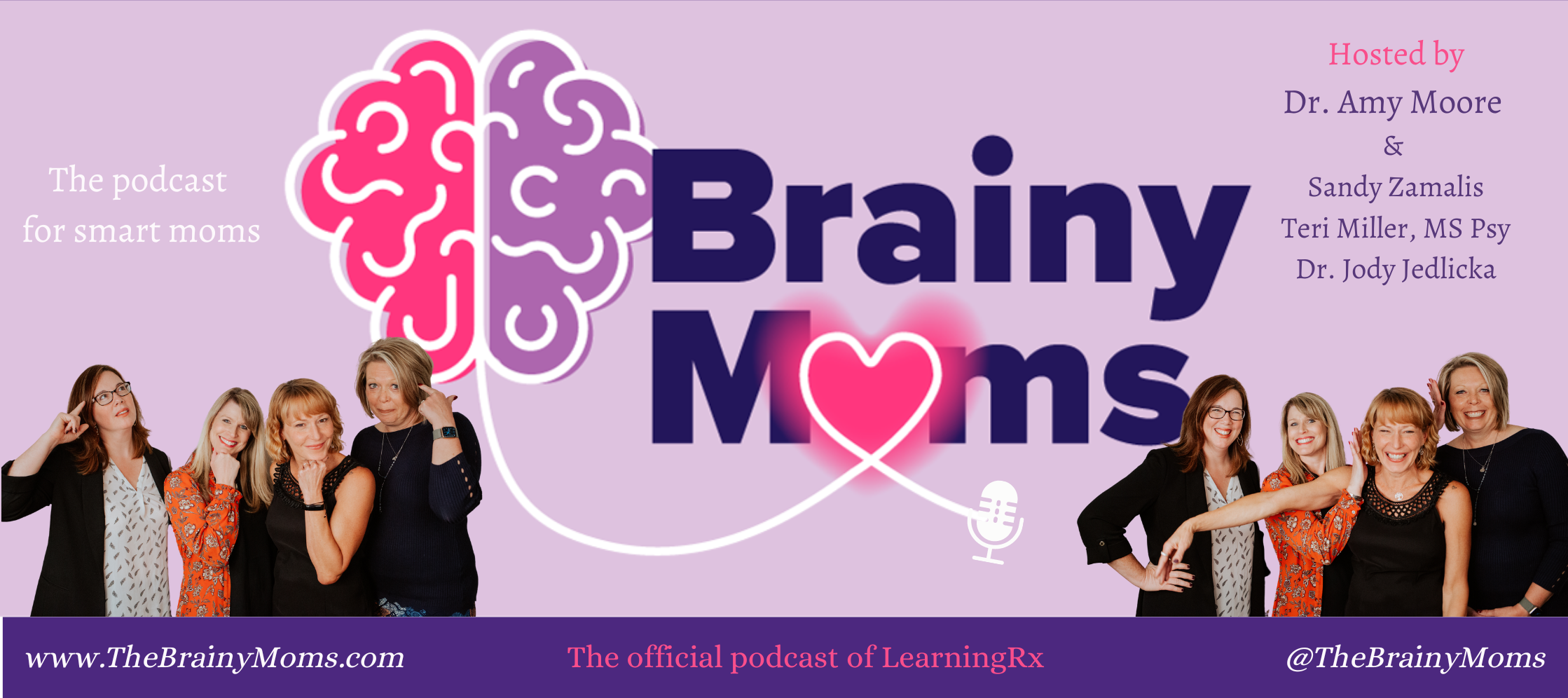
ADHD is an umbrella term for a neurological and psychological disorder that impacts attention. The three presentations of ADHD include inattentive ADHD(more common in girls), impulsive/hyperactive ADHD (least common type), or combined type ADHD (most common).
What causes ADHD in children?
Research has shown that children with ADHD have low levels of dopamine and their brain metabolism is lower in regions of the brain that control social judgment, attention, and movement.
Although the cause of ADHD is not yet known, research does suggest that it’s genetic and it does tend to run in families. With that said, there are other factors that may raise the risk of a child developing ADHD, including parental alcohol and cigarette use during pregnancy, low birth weight, exposure to lead as a young child, and brain injuries.
What are the signs of inattentive ADHD?
Formerly called “ADD,” inattentive ADHD is typically marked by an inability to focus. Because children with ADD usually don’t display disruptive behavior at home or in the classroom, it’s common for their diagnosis to be delayed. Girls are more likely than boys to have this type of ADHD, which helps explain why girls are often diagnosed later than their male peers.
Having a short attention span or being easily distracted isn’t the only sign of inattentive ADHD. People with this type of ADHD may also:
- Appear to “space out”
- Have poor study skills for their age
- Struggle to stay organized or prioritize
- Have difficulty attending to details
- Be forgetful
- Have a hard time listening to others
- Difficulty following multistep directions (e.g., “Put on your shoes, grab your backpack and meet me in the car”)
- Procrastinate on tasks
In addition, someone with unaddressed ADHD may be impacted in other ways throughout school, college, and into adulthood. You may notice:
- Poor grades and difficulty getting into college
- Significant challenges with time management
- Anxiety
- Depression
- Struggles managing money
- Low self-esteem
Understanding the three types of attention
Our cognitive skills are the core brain skills we use to think, read, learn, remember, reason, and pay attention. They work together to process incoming information and move it to the bank of knowledge that we use every day. But if even one cognitive skill is weak, how we grasp, retain, and use that information will be impacted. That’s why it’s possible for even a very smart kid to have a learning struggle. Most learning struggles are caused by one or more weak cognitive skills.
Our primary brain skills include attention, memory, auditory processing, visual processing, logic & reasoning, and processing speed. Just as memory can be broken down into the sub-categories of long-term and working (short-term) memory, so too can attention. The three types of attention are:
- Divided Attention: This brain skill enables us to remember information while we do two things at once. When this skill is weak, we’ll have difficulty multitasking and probably make mistakes frequently.
- Selective Attention: This brain skill enables us to stay focused on a task despite distractions. When this skill is weak, we tend to be easily distracted and lose focus on the task at hand.
- Sustained Attention: This brain skill enables us to stay focused and on task for a sustained period of time. When this skill is weak, we’re likely to jump from task to task, leaving lots of unfinished projects.
How is inattentive ADHD diagnosed and treated?
Although there’s no definitive test for ADHD yet, your first stop should be with your child or teen’s primary physician to start the process and rule out other medical concerns. Healthcare providers—such as a pediatrician, psychologist, or psychiatrist—will use the guidelines in the American Psychiatric Association’s Diagnostic and Statistical Manual (DSM-5) to thoroughly evaluate your loved one for ADHD and come up with a treatment plan. Depending on your child’s age and symptoms, their ADHD may be addressed by one or more of the following:
- Parental behavior management: This often includes training for parents to help work on techniques that can help lower stress for the entire family.
- Stimulant medications: Medications can help balance chemicals in the brain to increase attention and reduce other major symptoms of ADHD.
- Non-stimulant medications: Often used in combination with stimulant medications, these can help decrease the symptoms of ADHD.
- Self-management techniques: Calming breathing exercises, list-making, setting timers, and chunking (breaking large projects into smaller portions) may all be beneficial.
- Cognitive skills training: One-on-one brain training is designed to target and strengthen weak cognitive skills, such as attention, working memory, processing speed, and auditory processing.
If you recognize some of the symptoms of inattentive ADHD, don’t wait to have your child evaluated. With the right treatments or interventions and support at home, your child can live up to their full potential and thrive.
